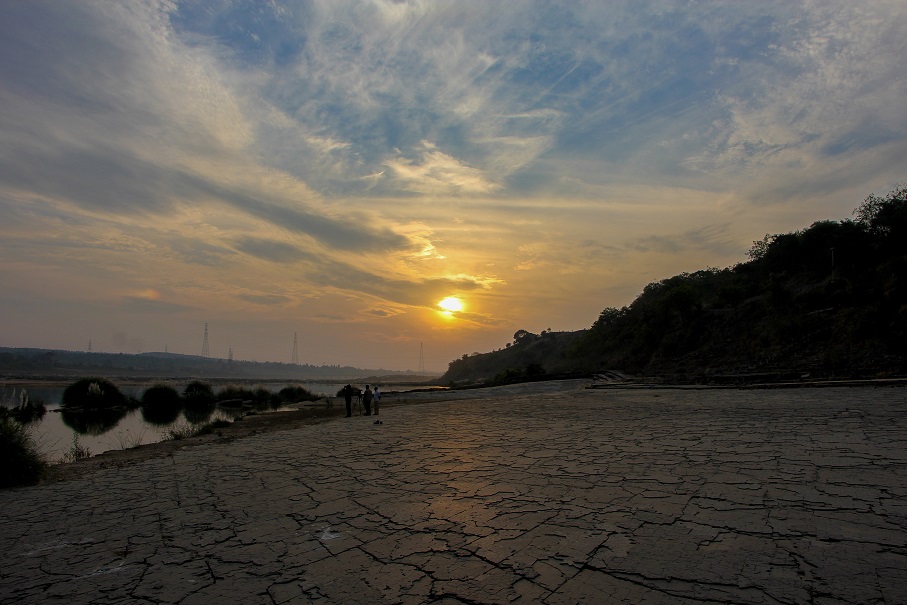The world famous white Tiger “Mohan” was found and rescued by Raja Martand Singh, the then Maharaja of Rewa from the landscape of Sanjay Tiger Reserve in 1951. Mohan was later reared in an enclosure in Govindgarh and then found a female companion for him in tigress Radha. Radha delivered her first cubs in captivity. Its heartening to note that all the white tigers one comes across in zoos across the world, draw their lineage from the dearest Mohan and Radha only.If you happen to visit this place, you will see that one of the ranges has been named after the tiger- Mohan. Historically there are some conspicuous caves hiding under the trees which speak up stories of times immemorial. 30 to 50 percent population in Sidhi and Shahdol districts comprises of tribes. The tribal groups found here include Gonds, Baiga, Kol, Panika, Agarhia, etc.
There are many religious sites in the Tiger Reserve e.g.VijayghatBagmanda Temple where an annual fair is held on Basant Panchmi and visited by 3000 to 4000 people.Siddha baba, located in Mohan Range too is visited by people round the year and on some important occasions. This is again an important location in terms of tiger and wildlife habitat, though the number of people visiting this shrine is not too huge. Banas dham in Beohari range border is another temple that is visited by people regularly. There are many important natural sites located in the Park e.g. “RamdhahaKund” located in Machmahua beat, the “Kanhaiadah” in Bhadaura beat and many other sites in Mohan Range as well as “Domarpath” in Pondi Range with natural beauty.
All India tiger, its co-predators and their prey base estimation was carried out during 2006,2010, 2014 and 2018. Through each AITE, with steadily growing number of Tigers and the prey base the importance of the Sanjay Tiger Reserve in the landscape has been accepted as follows:
- It is part of Bandhavgarh-Sanjay-Guru Ghasidas-Palamau landscape of over 25,000 sq km with current tiger occupancy in over 3,800 sq km and a population estimate of OVER 150 tigers as per AITE 2018.
- It has been identified as one of four potential tiger meta-populations landscapes whose corridor connectivity has become fragile requiring intervention of policy and restoration for functioning as effective wildlife corridors.
- It has been identified as one of the landscapes that have potential for tiger metapopulation existence but is currently in need of conservation inputs.

 Twitter
Twitter


